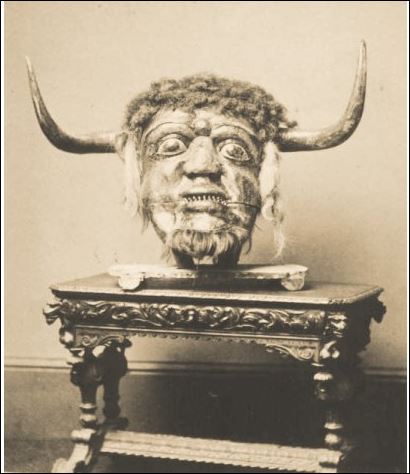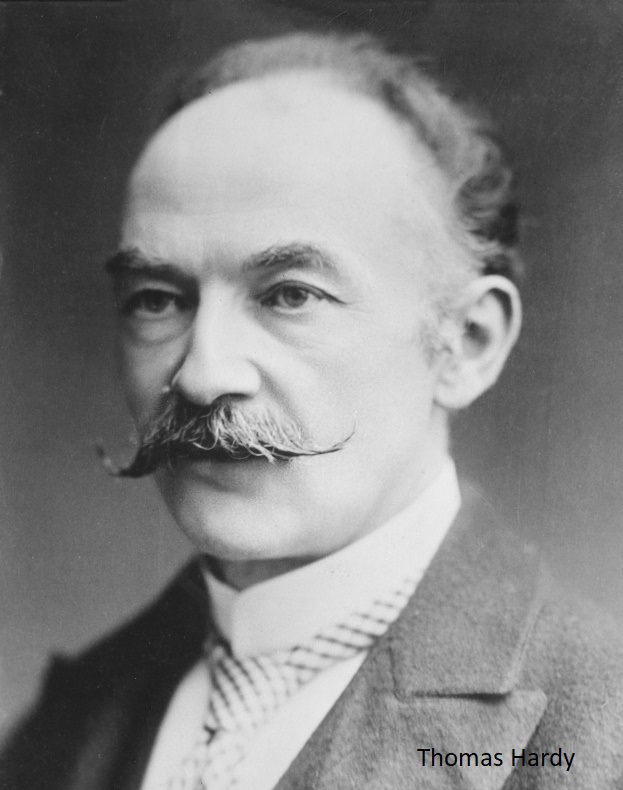The village is mentioned in the Domesday Book . The parish church, St. Osmund's, was totally rebuilt in 1745 and restored in 1888, although it has registers dating back to 1550. In the 2011 census the parish had a population of 199- probably 50 or so more than today.
St Osmund’s is in the Gothic style with 5 bells and during the restoration in 1888 by the 5th Earl of Ilchester a Norman font of Ham Hill stone was found built into the masonry, the chancel was lengthened in 1910.
The major part of Melbury Osmond village lies on a cul-de-sac lane which from the church descends past cottages to a stream and ford. The attractive appearance of the village has been noted by commentators: it has been described as "a calendar smith’s dream of thatched cottages" and in 1906 Sir Frederick Treves wrote that it was "the most charming village in these Western backwoods".
In its history the village has been involved in the trade of plated buckles and horn buttons, and the manufacture of dowlas. During the 19th century, the village was home to the Dorset Ooser, a wooden mask brought out during "Rough Music" ceremonies.
There are 34 listed buildings and structures within the parish including the beautiful Grade I parish church.
Thomas Hardy's mother lived in Melbury Osmond as a child, and she was married in the church.The village appears as "Little Hintock" in Hardy's novel The Woodlanders, in which the heroine's name is "Grace Melbury". Hardy also incorporated a legend about the Duke of Monmouth taking refuge in one of the village's cottages into his short story "The Duke's Reappearance More
The Thomas Hardy Connection
On the 22nd December 1839 a Thomas Hardy, of Bockhampton, and Jemima Hand, of Melbury, both of "full age" (i.e. ages unknown) were married in our Church. Miss Hand was the daughter of George Hand, of Barton Hill Cottage, and she was born in about 1813 in Barton Hill Cottage in the room nearest to The Street and the bus shelter. Her maternal grandparents, the Swetmans, lived in Monmouth Cottage which, it is said, had been in the Swetman family "since the Conquest". From the marriage of Thomas and Jemima came a son who eventually became one of England's and Dorset's celebrated poets and authors: Thomas Hardy, OM, LLD.
Thomas Hardy was known to have visited Melbury House from time-to-time at the invitation of Lord Ilchester and he visited his mothers' village but "not often". He certainly based some of his stories on Melbury; in his "The Life" he even noted the detail of Monmouth Cottage loosing its stone chimneys and oak staircase but it was "The Woodlanders" that created the biggest stir in the Village.
In 1973 a film script writer, Derek Woodward, came to the Village to finish a film script based on "The Woodlanders" and to make the film in Melbury (Little Hintock). There was great excitement because we were all going to become 'Hollywood' extras at a fabulous wage; we were going to be paid to take our television aerials down; and many electricity and telephone cables were to be buried. A large part of Melbury was going to be 'translated' back into the 19th century. By 1974 a short film starring, amongst others, Bill Larcombe of Barton Hill Cottages, had been made to be shown to potential backers of th efilm. Alas, Woodward could not raise the money, he quietly left the Village and Melbury's moment of cinematic glory had passed
In 1972 Denys Kay-Robinson wrote in his "Hardy's Wessex Re-Appraised" about Melbury and its neighbouring villages and, in particular, he referred to Hardy's custom of re-naming places that he used in his stories. Hardy, himself, in his preface to "The Woodlanders" refers to Melbury as "Little Hintock"; and later to Melbury Sampford as "Great Hintock" and Melbury House as "Hintock House". The Yeovil road was "Long Ash Lane".
Probably the last Hardy link with the Village was severed when Charles Hand a cousin of Thomas Hardy, died in the 1920s. He lived in a "shed" on Barton Hill and was described as an eccentric who lived like a vagrant.
(An extract from "Melbury Osmond The Parish and its People" by Charles H S Barter) with acknowledgements
 The Dorset Ooser
The Dorset Ooser The famous Dorset Ooser mask photographed in the late 1880’s. The grotesque mask is an item of 19th Century folklore, a human face with horns owned for many years by the Cave family of Holt Farm. Kept in the mid nineteenth century the malt house in the village but now lost, to the relief of many!
